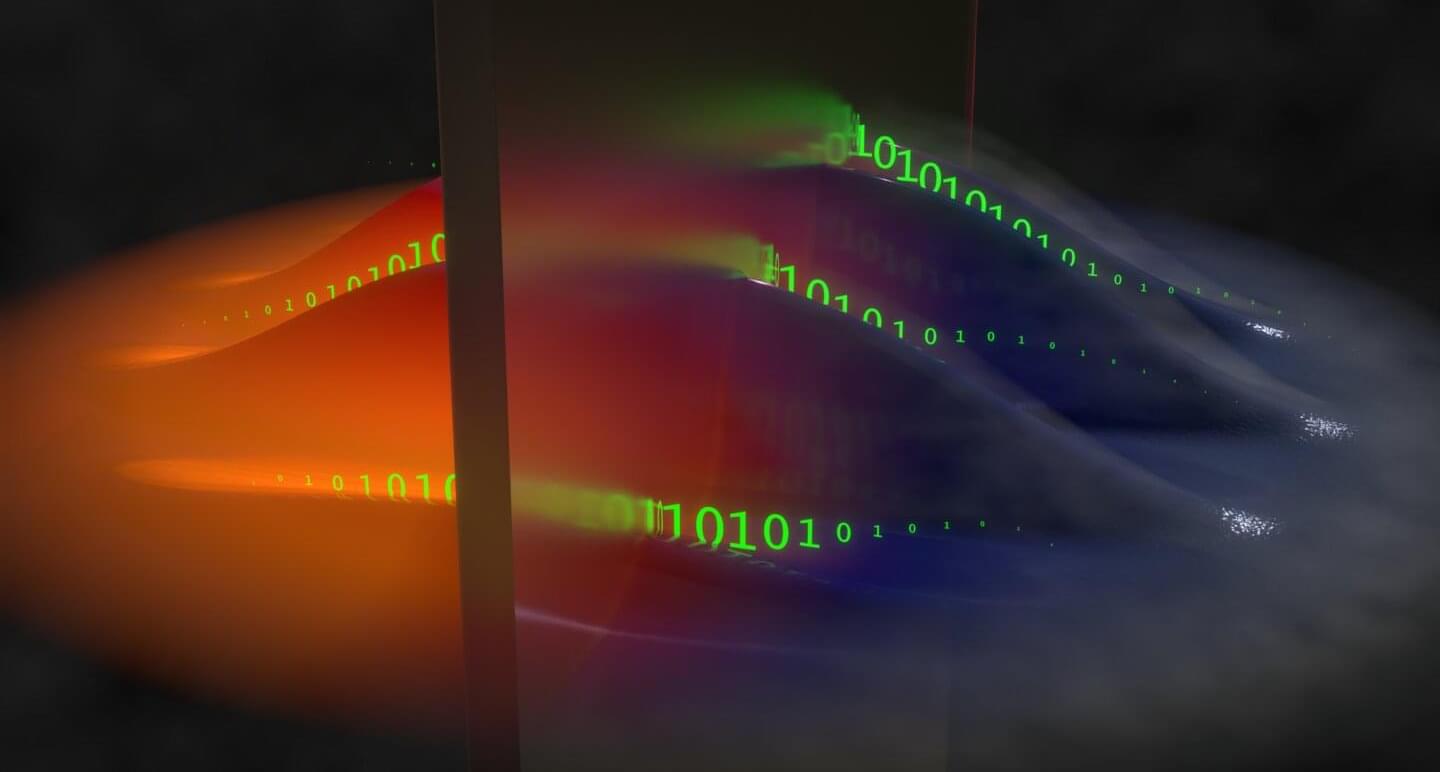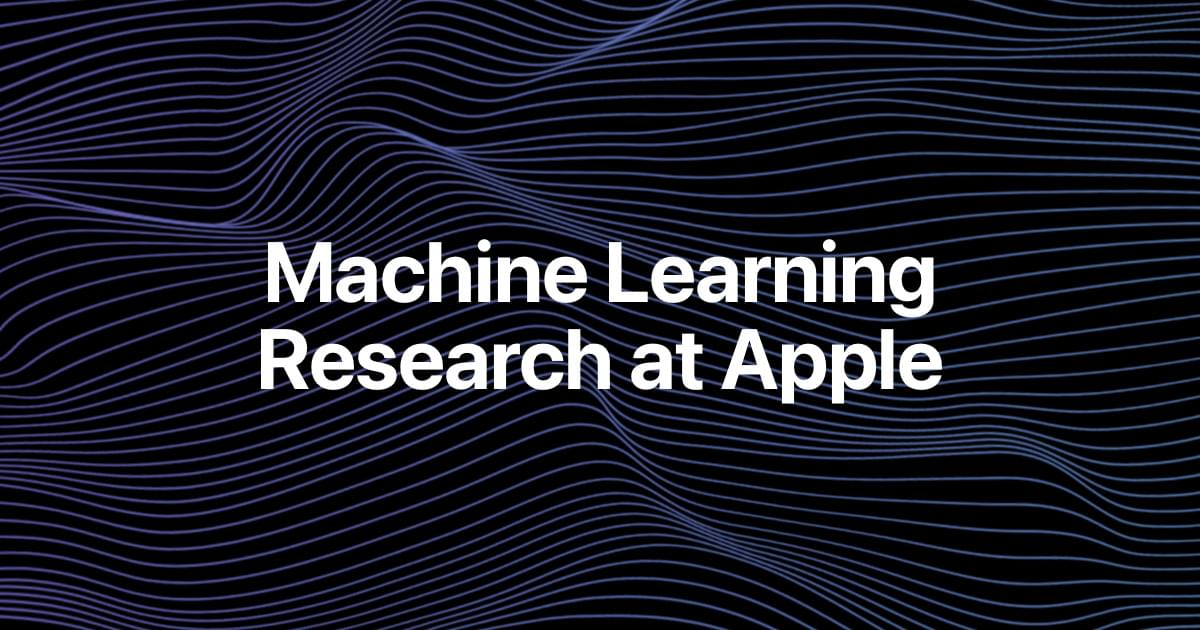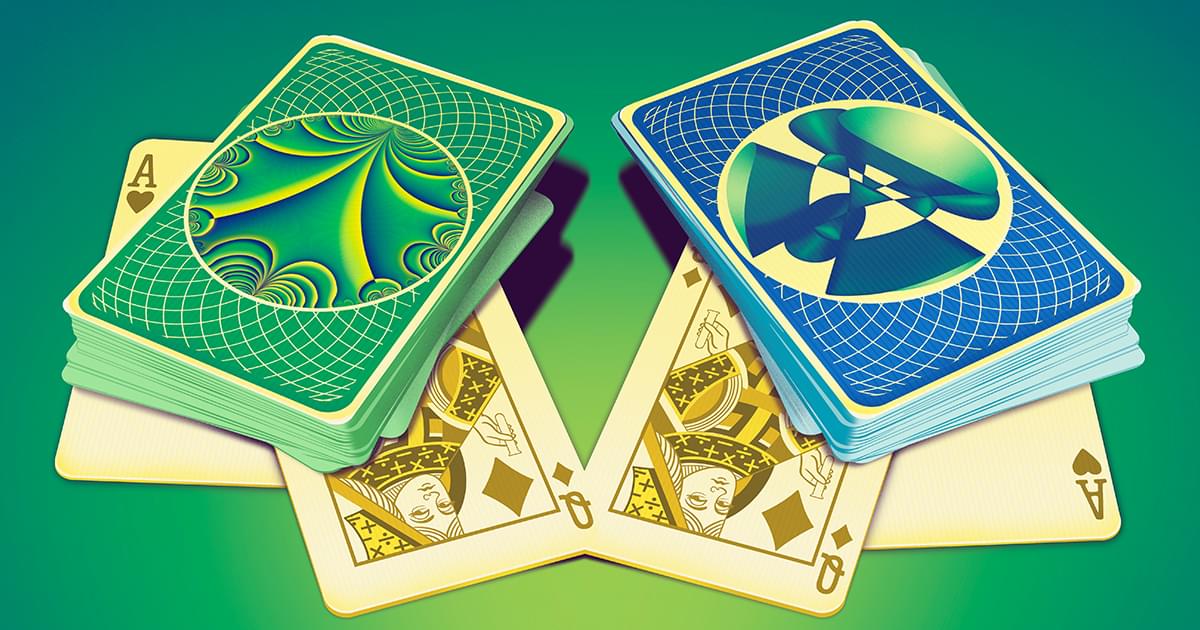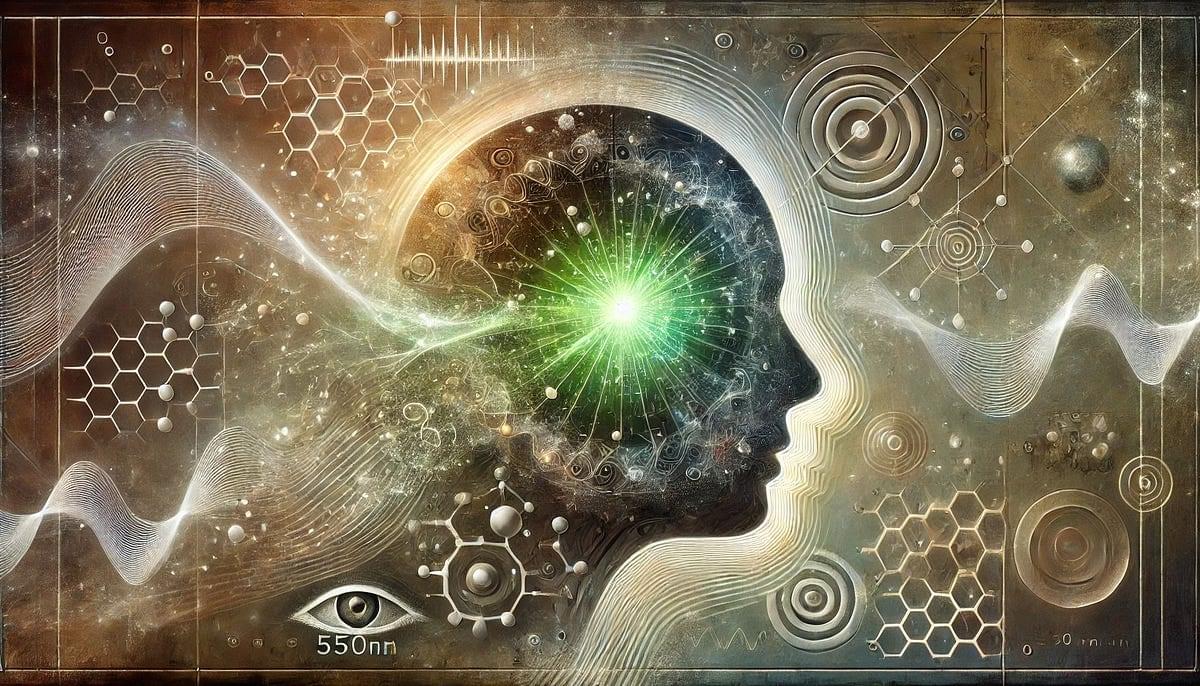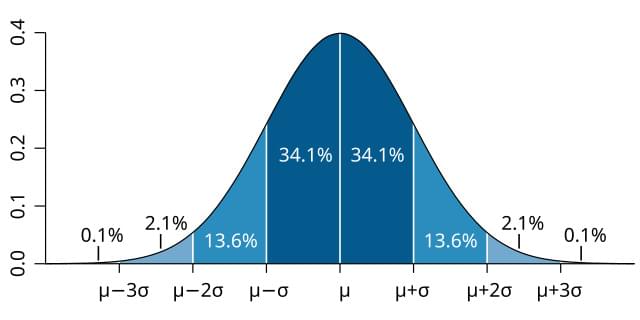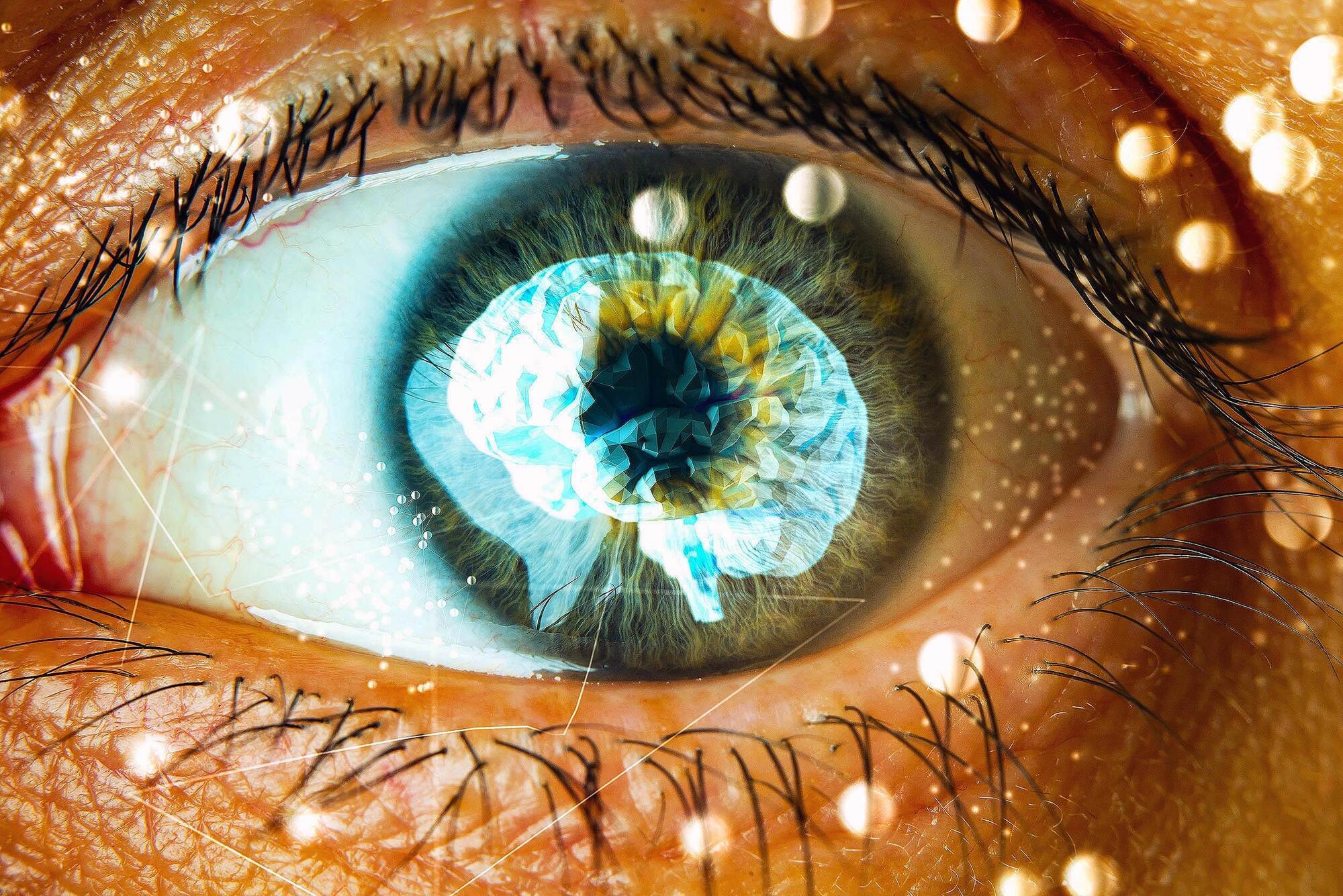Our earliest models of reality were expressed as static structures and geometry, until mathematicians of the 16th century came up with differential algebra, a framework which allowed us to capture aspects of the world as a dynamical system. The 20th century introduced the concept of computation, and we began to model the world through state transitions. Stephen Wolfram suggests that we may be about to enter a new paradigm: multicomputation. At the core of multicomputation is the non-deterministic Turing machine, one of the more arcane ideas of 20th century computer science. Unlike a deterministic Turing machine, it does not just transition from one state to the next, but to all possible states simultaneously, resulting in structures that emerge over the branching and merging of causal paths.
Stephen Wolfram studies the resulting multiway systems as a model for foundational physics. Multiway systems can also be used as an abstraction to understand biological and social processes, economic dynamics, and model-building itself.
In this conversation, we want to explore whether mental processes can be understood as multiway systems, and what the multicomputational perspective might imply for memory, perception, decision making and consciousness.
About the Guest: Stephen Wolfram is one of the most interesting and least boring thinkers of our time, well known for his unique contributions to computer science, theoretical physics and the philosophy of computation. Among other things, Stephen is the creator of the Wolfram Language (also known as Mathematica), the knowledge engine Wolfram|Alpha, the author of the books A New Kind of Science and A Project to Find the Fundamental Theory of Physics, and the founder and CEO of Wolfram Research.
We anticipate that this will be an intellectually fascinating discussion; please consider reading some of the following articles ahead of time:
The Concept of the Ruliad: https://writings.stephenwolfram.com/2021/11/the-concept-of-the-ruliad/
